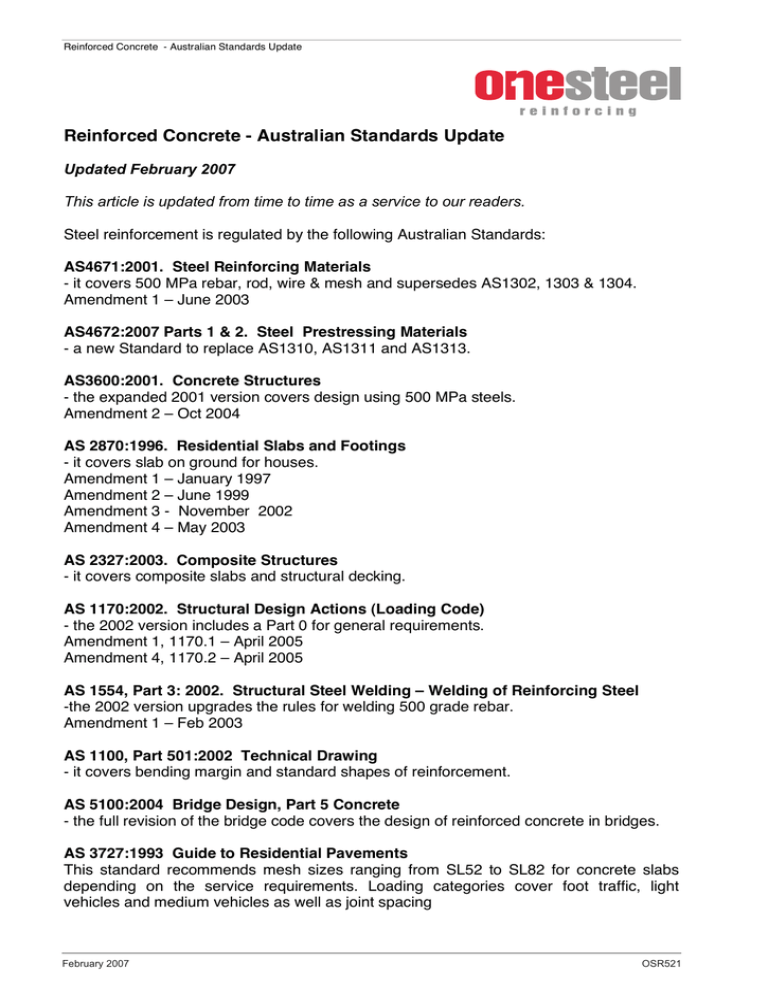

11.2.2 Geotechnical approaches for construction in expansive soils Some of the clay minerals exhibiting swelling behaviour include smectite, bentonite, montmorillonite, beidellite, vermiculite, attapulgite, nontronite, and chlorite. microscopic examination, X-ray diffraction, differential thermal analysis, infrared analysis, dye adsorption analysis, chemical analysis). The types of clay minerals present in soils can be identified in different ways (i.e.

The presence and abundance of various dissolved elements or ions affect the swelling and shrinkage potentials of clays. However, there are many elements that can become incorporated into the clay mineral structure, such as hydrogen, sodium, calcium, magnesium, sulphur, etc. Clays basically belong to the family of silicates minerals and their principal elements are silicone, aluminium, and oxygen. cobbles, pebbles, and sands, may also be expansive depending upon the percentage and type of clay minerals present in its fine content. Soils containing coarse-grained particles, i.e. In some cases postconstruction treatment of expansive soil may be required if the situation has not been dealt with before construction. Therefore it is essential to check for the presence of expansive soil and a suitable treatment method should be adopted before commencing any construction projects. Loss of residual shear strength causing instability of slopes, etc.

Lateral movement of foundations and retaining walls due to pressure exerted on vertical walls ĭamage to pipelines and other public utilities.Lifting of buildings, damage to basements, and building settlement

Structural damage to lightweight structures such as sidewalks and driveways Because of this swelling and shrinking behaviour, expansive soils may cause the following problems in structures or construction projects: Expansive soils behave differently from other normal soils due to their tendency to swell and shrink. Expansive soil or clay is considered to be one of the more problematic soils and it causes damage to various civil engineering structures because of its swelling and shrinking potential when it comes into contact with water.


 0 kommentar(er)
0 kommentar(er)
